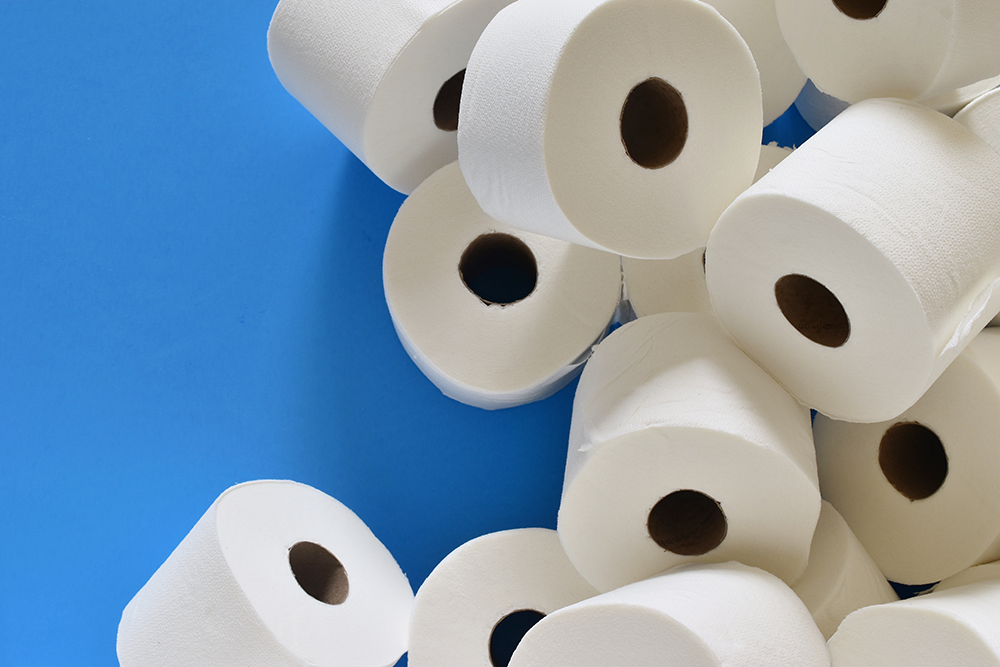Time to read : 4 Minutes
Did you know that much of Australia’s waste and sewerage systems were built before 1970?
This means that many of our waste and stormwater treatment facilities are at the end of their 50 year projected life expectancy — a phenomenon known as the infrastructure cliff.
🚽 What this really means is that rather than thinking of poo and plumbing as an out-of-sight-out-of-mind arrangement, we now need to consider the most efficient and sustainable way to treat and unload our, ahem, load.
Most of Australia’s sewerage infrastructure was built before 1970, which makes it geriatric by infrastructure standards.
Raw waste running into the ocean or leaking from ageing pipes impacts human health, as well as marine life.
Supporting recycling initiatives at a state level and putting in place a few good habits at home can go a long way to ensuring a future in which our children can enjoy clear coastal seas and a well-stocked water supply.
Let’s consider the risks
Ageing infrastructure is always at risk of malfunctioning if not treated to a proper schedule of maintenance and replacement.
This pressure is further aggravated by the fact that the country’s population has grown immensely since the 1970s, and our economy has seen a particular rise in single occupancy homes — a figure that is expected to increase by more than 60 percent by 2036.
However, despite an increasing need to invest in sewerage asset renewal, Australia ranks below average when it comes to infrastructure investment compared with other OECD countries.
And, unfortunately, the sewerage problem is often relegated to local councils or small-scale treatment providers, rather than any sort of national upgrade plan. This means that many communities are struggling to establish a schedule of work before it’s too late.
The result is raw, untreated waste from collapsed sewers, for example, running into harbours, rivers and coastal seas, threatening marine life, bleaching coral and generally being gross for swimmers and fishermen.
This was most recently on display during Australia’s La Nina weather pattern. Most major cities were installed with a combined sewerage overflow system, which sends waste and stormwater through the same pipes — a system that works fine during normal weather but overwhelms treatment plants under heavier rainfall, sending thousands of litres of raw sewerage into the ocean.
Recycling sewerage
Strategic and sustainable solutions are key to reducing the pressure on legacy systems.
The Clean Ocean Program released a 2019 report arguing that 64 percent of Australia’s 176 coastal outfalls (e.g. the big pipes that release treated sewerage into the sea) are currently contributing to poor water quality. The organisation proposes upgrading these outfalls to a higher level of treatment to allow greater opportunity for reuse.
Recycling water from Australia’s outfalls also presents us with a solution to the country’s (increasingly frequent) periods of drought — an initiative that Western Australia is leading the charge in.
Any blockage in wastewater pipes can cause overflow, which means raw waste flows into our oceans. Most pipes under our homes are around 10cm wide, and it doesn’t take much to block them.
Pouring fats and oils down the kitchen sink are a major contributor to clogged and cracked pipes – putting boiling water down your sink once a week can help.
What’s more, flushing ANYTHING other than toilet paper down the loo is another key contributor. This includes tissues, wipes and sanitary products.
The bottom line
Australia has some of the most poorly treated wastewater in the developed world.
On top of this, our reluctance when it comes to investing in infrastructure that could reduce the pressure on our ageing sewerage systems — or better yet, innovate when it comes to recycling initiatives — is woefully lagging.
🐟What’s more, our oceans are not confined to community boundaries, which means that action needs to be taken at a state and federal level in order to ensure clean and healthy water for humans and marine life well into the future.
Go Deeper:
The Ultimate Geren Energy Guide for 2024
